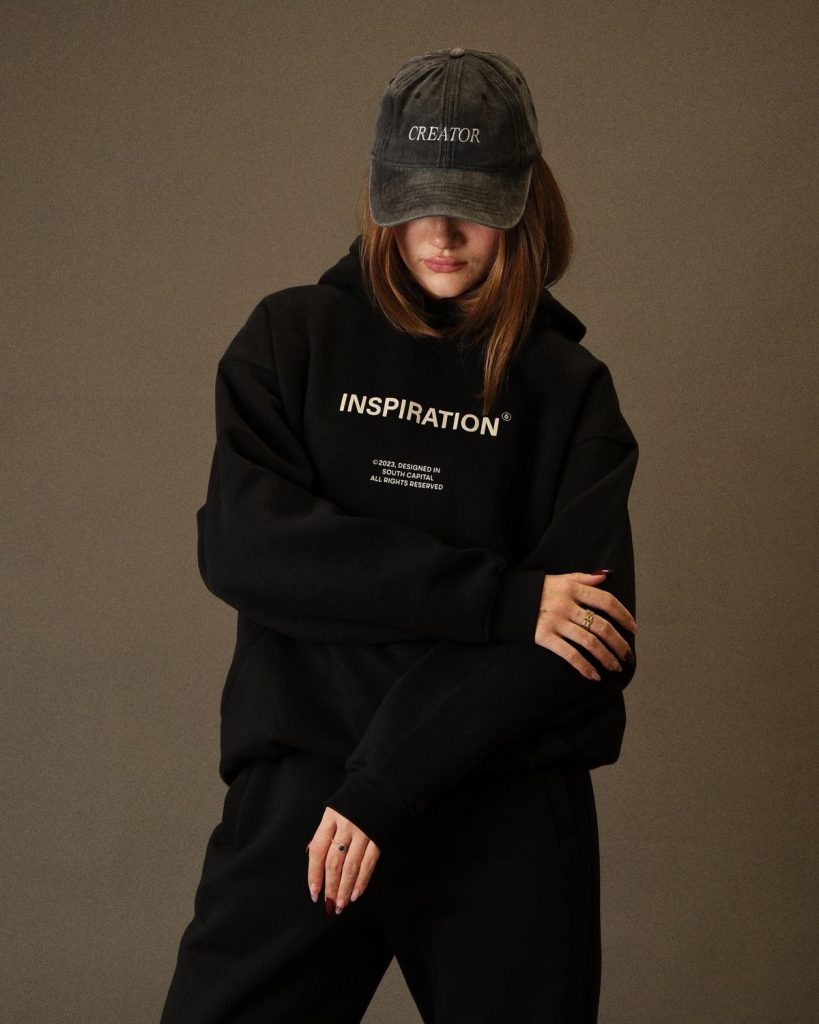Fashion is entering an era where innovation and creativity are merging like never before. The once-imagined idea of printing your own clothes at home, designing fabrics with software, or customizing an outfit digitally has become reality. This new frontier is 3D-printed fashion — a revolution that’s redefining how garments are designed, produced, and worn.
As the industry evolves, sustainability, personalization, and technology intersect to create a movement that’s transforming both haute couture and streetwear. The next evolution of style isn’t stitched; it’s printed.
From Concept to Creation: How 3D Printing Entered Fashion
3D printing, also known as additive manufacturing, began as a tool for industrial prototyping in the 1980s. Over the decades, it has evolved into one of the most versatile technologies across architecture, healthcare, and art. Fashion designers soon recognized its potential to reshape the very fabric of creation.
The earliest 3D-printed garments were experimental pieces — sculptural, rigid, and designed for visual impact rather than comfort. Designers like Iris van Herpen, known for her futuristic creations, pioneered the fusion of technology and fashion. Her 2010 “Crystallization” collection showcased the world’s first fully 3D-printed dress, signaling that fashion had entered a new dimension.
Today, 3D printing is no longer confined to art installations. It’s being integrated into everyday wear, accessories, footwear, and even performance sportswear. What once seemed futuristic now represents the next practical step for fashion’s evolution.
How 3D Printing Works in Fashion Design
At its core, 3D printing builds an object layer by layer from a digital file. In fashion, this digital precision allows designers to create complex shapes, geometric structures, and textures that traditional sewing techniques can’t achieve.
The process typically begins with 3D modeling software, where a digital pattern is created. This model is then sent to a 3D printer that uses materials like thermoplastic polyurethane (TPU), nylon, or even biodegradable filaments to build the garment or accessory layer by layer.
The outcome can range from flexible lace-like textiles to rigid sculptural elements. Depending on the design, pieces can be printed in segments and assembled or created as seamless, whole structures. This flexibility gives designers infinite freedom — from bold couture to functional daily wear.
The Marriage of Technology and Craftsmanship
Contrary to the assumption that 3D printing removes human artistry, it actually enhances it. Designers still rely on craftsmanship, creativity, and intuition — but now, technology extends those abilities beyond physical limits.
With digital tools, artisans can sculpt intricate patterns with mathematical precision. They can adjust scale, density, and flexibility down to the micron. What once required hours of manual labor can now be prototyped in minutes, allowing more time for refinement and innovation.
This collaboration between human imagination and technological precision defines the spirit of 21st-century fashion — a seamless blend of art and engineering.
Sustainability at the Core of 3D-Printed Fashion
One of the most significant advantages of 3D printing in fashion is its potential to reduce waste — a long-standing issue in the traditional apparel industry.
Conventional manufacturing involves cutting fabrics from large sheets, leading to leftover scraps that often end up in landfills. 3D printing eliminates this problem by producing garments additively, using only the material required.
Moreover, 3D printing supports on-demand production, meaning clothes are made only when ordered. This reduces overproduction, storage waste, and unsold inventory — all major contributors to fashion’s environmental footprint.
Many innovators are also experimenting with eco-friendly filaments, including recycled plastics, biodegradable polymers, and even plant-based materials. The combination of sustainability and technology positions 3D-printed fashion as a key player in the move toward circular design.
Customization and Personalization: Fashion That Fits You
Imagine owning a wardrobe perfectly tailored to your body — not through endless fittings but with digital precision. That’s the promise of 3D-printed fashion.
Designers can now scan a person’s body using 3D imaging and create garments that fit flawlessly. Every curve, measurement, and movement is considered during the design process. Beyond fit, customers can personalize colors, textures, and structures to reflect their identity.
This customization extends far beyond aesthetics. It’s about inclusivity — ensuring that everyone, regardless of body type or ability, has access to clothing that feels made for them. The “one-size-fits-all” era is ending; the “fit-for-one” era has begun.
Iconic Designers Leading the 3D-Printed Fashion Revolution
The list of visionaries shaping this movement continues to grow.
Iris van Herpen remains the pioneer, turning 3D printing into high art with pieces that seem to float between fantasy and science. Her “Voltage” and “Magnetic Motion” collections stunned the world, proving that digital fabrication can evoke emotion as powerfully as handcraft.
Julia Koerner, who collaborated with Marvel Studios on the “Black Panther” costumes, merges architecture and fashion through algorithmic design. Her 3D-printed crowns and gowns redefine what futuristic luxury can look like.
Danit Peleg, an Israeli designer, made headlines by creating the world’s first entirely 3D-printed fashion collection made from home printers. Her vision proved that 3D printing could democratize design — allowing anyone, anywhere, to create.
From couture to commercial fashion, these designers show that technology doesn’t replace creativity; it amplifies it.



